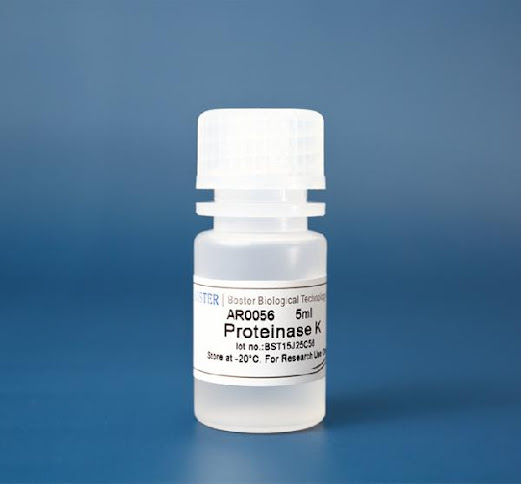Particle Therapy Market - Global Industry Analysis, Size, Share, Growth, Trends, and Forecast
Particle
therapy is an emerging area of external beam radiotherapy in which external
beams of neutrons or other energetic particles are used to kill cancerous cells
in the patient's body. Multi ion particle therapy systems are capable of generating
both proton and heavy ion in one accelerator, which helps the system offer flexible
treatment according to various symptom of patients and tumor sites.
The
most common cancer that can be treated by this method are leukemia, cervical
cancer, prostate cancer, melanoma, and Hodgkin's lymphoma. High prevalence of
cancer is expected to propel growth of the particle therapy
market. According to the American Cancer Society, in 2019,
there will be an estimated 1,762,450 new cancer cases diagnosed and 606,880
cancer deaths in the U.S.
In
May 2019, Hitachi, Ltd. signed a contract with Himed Hospital Management
(Xuzhou) Co., Ltd., China, to deliver particle therapy system with capability
of irradiating both proton and heavy ion. One of the reasons why the use of particle
therapy has increased so much is that it can now be done in a number of
different ways. One method is through single-room systems, multiple-room
systems, and even distributed-patient systems. In September 2020, Particle
Therapy Interuniversity Centre Leuven in Belgium started offering advanced
treatment planning system RayStation and next-generation oncology information
system RayCare. Such developments aid in growth of the particle therapy market.
One
of the main reasons why particle therapy has become so popular over the past
few years has to do with its effectiveness. Particle therapy is able to kill
cancer cells with only a small fraction of the energy needed to kill them with
conventional treatment methods. The number of passes through the machine is
also much higher than what is required for chemotherapy. The greatest advantage
to this form of treatment is that it does not require a whole hospital or
multiple rooms for its operation. Instead, several small rooms may be required
in order to get the job done. Such advantages aid in growth of the particle
therapy market.
Radiation
exposure is a major drawback of particle therapy, which is expected to limit
growth of the particle therapy market. However, R&D of novel medical devices
with non-woven fabric style made of bioabsorbable material that protects
healthy organs from radiation exposure during particle therapy is expected to
offer lucrative growth opportunities for players in the particle therapy
market.




Comments
Post a Comment